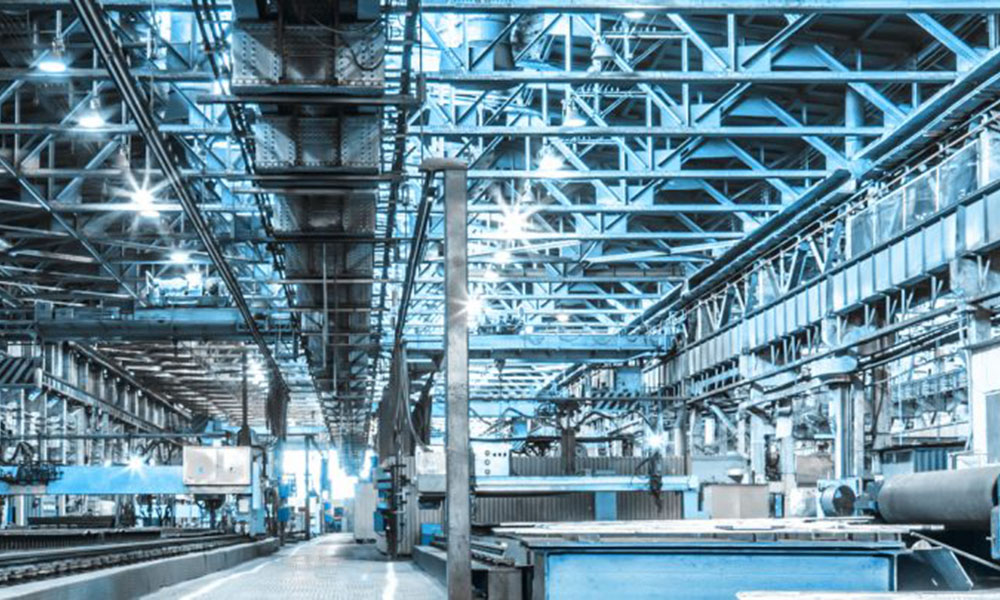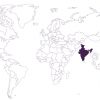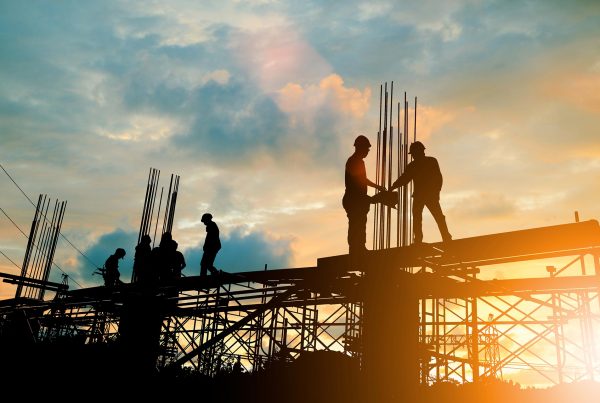Make in India’s reality hinges on cost competitiveness, skill development, innovation and more
China, of course, is the country of choice when it comes to manufacturing. But India is fast catching up in material terms rather than only showcasing its digital prowess in the global economy. A combination of reasons are responsible for this ‘Make in India’ mantra – it is the third largest economy in purchasing power parity after the US and China; it has a large population of engineers and factory workers; and, its intellectual property is widely respected.
In its fifty-seventh year now, The Economic Times has fastidiously championed India’s growth story, and The Economic Times India Leadership Council is a step in this direction. With manufacturing gearing up to scale new heights thanks to a new-found impetus, India is expected to be one of the 5 most competitive manufacturing nations by 2020, according to the Global Manufacturing Competitiveness Index report from Deloitte Touche Tohmatsu. This makes manufacturing a pivotal cog of the Indian economy, and a cross-section of industry leaders from the Economic Times India Leadership Council converged to confer on vital issues pertaining to honing Indian manufacturing still further.
Deliberations were flagged off by Kumar Kandaswami (Partner at Deloitte Touche Tohmatsu India), who steered the discussions by laying threadbare the drivers of manufacturing competitiveness. Broadly, these were narrowed down to talent, cost competitiveness, workforce productivity, supplier network, legal & regulatory system, Educational infrastructure, Physical infrastructure, Innovation policy & infrastructure and local market attractiveness.
The group concurred that skill development and fostering innovation would be crucial to the next growth trajectory of Indian manufacturing, with the country needing to create and curate an innovation ecosystem. India is the fastest growing economy, but is outdone on innovation and patents by other countries. Export of value added products are currently low for India. Around 50% of total exports are from commodities and low value addition items. In the US and Chine, value added products contribute to more than 75% of total exports.
“For future competitiveness, innovation is necessary”, opined Dr. Andreas Lauermann, President and MD, Volkswagen India. “In fact, in our global skill competitions, our Indian team ranks among the top performers, so it is certainly possible for Indian talent to improve further. We have to build up their proficiencies to achieve short-term and long-term objectives.”
Offering his take, Ranganath N Krishna, MD, Grundfos Pumps, stated “If one has to look at this holistically, we are creating a strong foundation for manufacturing and this can only be further strengthened by improving labour productivity, processes and driving efficiencies. We need to create a mindset of excellence in quality.”
Skilling the workforce remains inexplicably intertwined with manufacturing competitiveness, with a special emphasis laid on the changing nature of skills needed for manufacturers to embrace advanced technologies as they innovate across future products, services and business models. American and European executives are keen to explore geographies beyond China to increase their supply chains. To decide if India is a good candidate for your operations, it is important to understand the opportunities of doing business in the country as well as the challenges that lie therein.
Other attendees of this high-powered session included Rajeev Sikand, CEO, Alicon Castalloy; Dinesh Aggarwal, Joint MD, Anchor Electricals; Vishal Goenka, Chairman, Sterling Auxilaries; L Balakrishna, MD, Brenntag Ingredients; Sushant Kinra, MD, Carestream; Ravi Goenka, MD, Laxmi Organics; Adesh Gupta, CEO, Liberty Shoes; Vineet Majgaonkar, Chairman, Armstrong Group; and Senior representatives from Toyota Kirloskar Auto Parts, Pidilite, Sealed Air and Sany.










